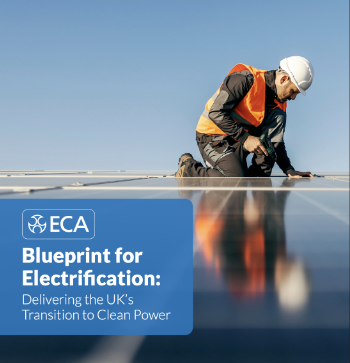Synthetic gypsum
Synthetic gypsum is a term used to describe a number of gypsum based products than can be used as a alternative to or in conjunction with natural gypsum.
There are a number of different processes involved with the production of synthetic gyspum and different terms to decribe these;
- Flue Gas Desulphurisation (FGD) gypsum is a by-product of the wet purification procedure with natural lime, formed in scrubbing towers of power plants, a extremely sped up process, similar to that of forming natural Gypsum. The SO2 is washed out by water, oxidised to Sulphates SO3 in an aqueous solution, calcium from quicklime precipitates into a purer form (than natural) of gypsum, Dihydrous Calcium Sulphate (CaSO4,2H2O). It is the most common process to create synthetic gypsum.
- Phosphogypsum, is based on reaction with phosphoric acid, a commodity chemical used in the production of fertilisers and detergents which also produces Calcium Sulphate, which can be separated filtration. It can be problematic in terms of crystal shape, quality and riskss of natural radioactivity,
- Titanogypsum, half the production of Titanium Dioxide (a mass produced white pigment) comes from a sulphate, (the other by a chloride) process, of around half produces a white gypsum which can be used.
- Citrogypsum, is a by product in the processing of citric acid, normally blueish in colour by can be purified.
- Fluoroanhydrite, calcium sulphate can form in the production of hydrofluoric acid from heated fluorspar or fluorite with Sulphuric Acid in dry conditions.
- Other synthesised gypsums have potential to be formed by processes with a by-product of sulphuric acid, whilst similar to citrogypsum and citric acid, tartaric, lactic, formic and oxalic acid also produce gypsum.
In 2007 the European gypsum industry organisation (EuroGypsum) stated that;
"Natural Gypsum will continue to cover the basic raw material needs of the Gypsum industry, followed by FGD Gypsum. The most important potential of other synthetic Gypsums than FGD Gypsum lies in the use of purified Phosphogypsum. Next to that is some potential in the use of purified Titanogypsum. In the past, both the Phosphoric Acid and the Titanium Dioxide industries have shown a systematic close down of production facilities in Europe. Investments in either the purification of the produced Gypsums, or in finding applications for the Gypsums produced, may be essential for the future viability of these sites."
[edit] Related articles on Designing Buildings
Featured articles and news
ECA Blueprint for Electrification
The 'mosaic of interconnected challenges' and how to deliver the UK’s Transition to Clean Power.
Grenfell Tower Principal Contractor Award notice
Tower repair and maintenance contractor announced as demolition contractor.
Passivhaus social homes benefit from heat pump service
Sixteen new homes designed and built to achieve Passivhaus constructed in Dumfries & Galloway.
CABE Publishes Results of 2025 Building Control Survey
Concern over lack of understanding of how roles have changed since the introduction of the BSA 2022.
British Architectural Sculpture 1851-1951
A rich heritage of decorative and figurative sculpture. Book review.
A programme to tackle the lack of diversity.
Independent Building Control review panel
Five members of the newly established, Grenfell Tower Inquiry recommended, panel appointed.
Welsh Recharging Electrical Skills Charter progresses
ECA progressing on the ‘asks’ of the Recharging Electrical Skills Charter at the Senedd in Wales.
A brief history from 1890s to 2020s.
CIOB and CORBON combine forces
To elevate professional standards in Nigeria’s construction industry.
Amendment to the GB Energy Bill welcomed by ECA
Move prevents nationally-owned energy company from investing in solar panels produced by modern slavery.
Gregor Harvie argues that AI is state-sanctioned theft of IP.
Heat pumps, vehicle chargers and heating appliances must be sold with smart functionality.
Experimental AI housing target help for councils
Experimental AI could help councils meet housing targets by digitising records.
New-style degrees set for reformed ARB accreditation
Following the ARB Tomorrow's Architects competency outcomes for Architects.
BSRIA Occupant Wellbeing survey BOW
Occupant satisfaction and wellbeing tool inc. physical environment, indoor facilities, functionality and accessibility.






















